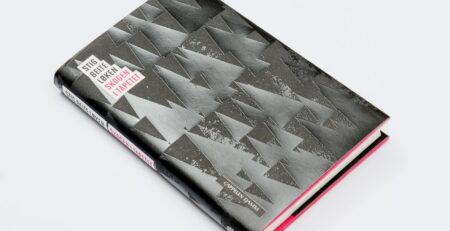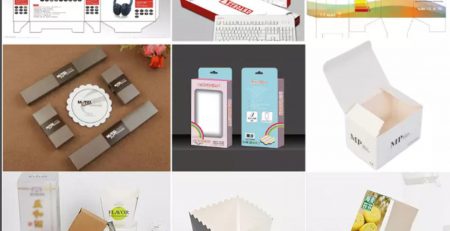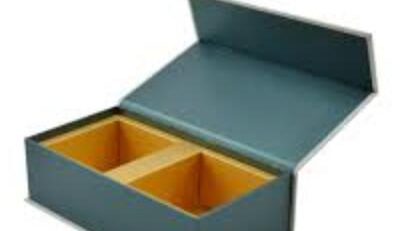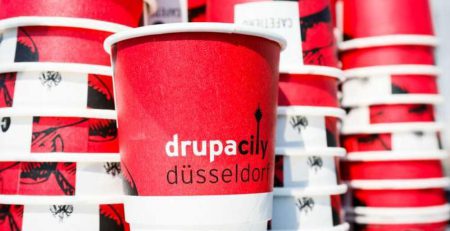Determining Your Packaging Needs
How to buy packaging? – a simple question with a complex answer. In this four part series, I will do my best to help answer this question with as much relevant detail as I can, given that every person’s situation will be somewhat different. In this first part we will be deciding what type, style, and size of packaging you will be needing. Then, we will be gathering resources to help you communicate your packaging requirements to potential vendors. In an effort to prevent this set of articles from being too long and overwhelming, I’ve included links to some of my other articles throughout where you can read more in-depth about the specifics of what I am discussing here.
What Type of Packaging Do You Need?
Once you know what type of packaging you need, the whole process of how to buy packaging truly begins. You may or may not have an idea of what type of packaging you need. A good place to start is with your competitors (if you have any).
What are your competitors using?
Is it conceivable to use other types of packaging? For example, if your competitors are using poly bags, could you use a box instead? There could be distinct advantages (or possibly disadvantages) in opting for a packaging type that is not the norm – things to consider are:
Will this packaging degrade or improve product perception in the eyes of the consumer?
Will this packaging protect your product more, or less?
Will this packaging be less expensive or more expensive?
Will this packaging cause your product to be more or less difficult or costly to ship?
Will this packaging be consistent with your brand’s social values and environmental impact (if applicable)
I’ve seen companies decide to go against the grain and choose alternate packaging for their products for various reasons, only to have all their competitors follow suit later on. So choosing different packaging can be a powerful, market shifting decision. It is certainly worthy of some consideration.
Considering the Different Levels of Packaging
The packaging for your product, meaning the packaging that directly houses the product, is called primary packaging. But there are three other levels of packaging that may be necessary. Transportation packaging, the 4th level, for example, is usually as necessary as the primary
Types of Packaging
There are 4 broad categories of packaging:
Boxes
Bags (*AKA Flexible Packaging)
Plastic Thermoform Packaging (AKA Blister Packs)
Bottles / Jars / Containers / Tins
*just in case some of you may not no what AKA stands for, it means “Also Known As”
1. BOXES
There are three basic types of boxes:
Folding Cartons (AKA Paperboard Boxes, Paperboard Cartons)
Rigid boxes (AKA Set-up Boxes)
Corrugated Boxes (AKA Corrugated Fiberboard, Cardboard Boxes, Corrugated Board, Combined Board)








发表回复